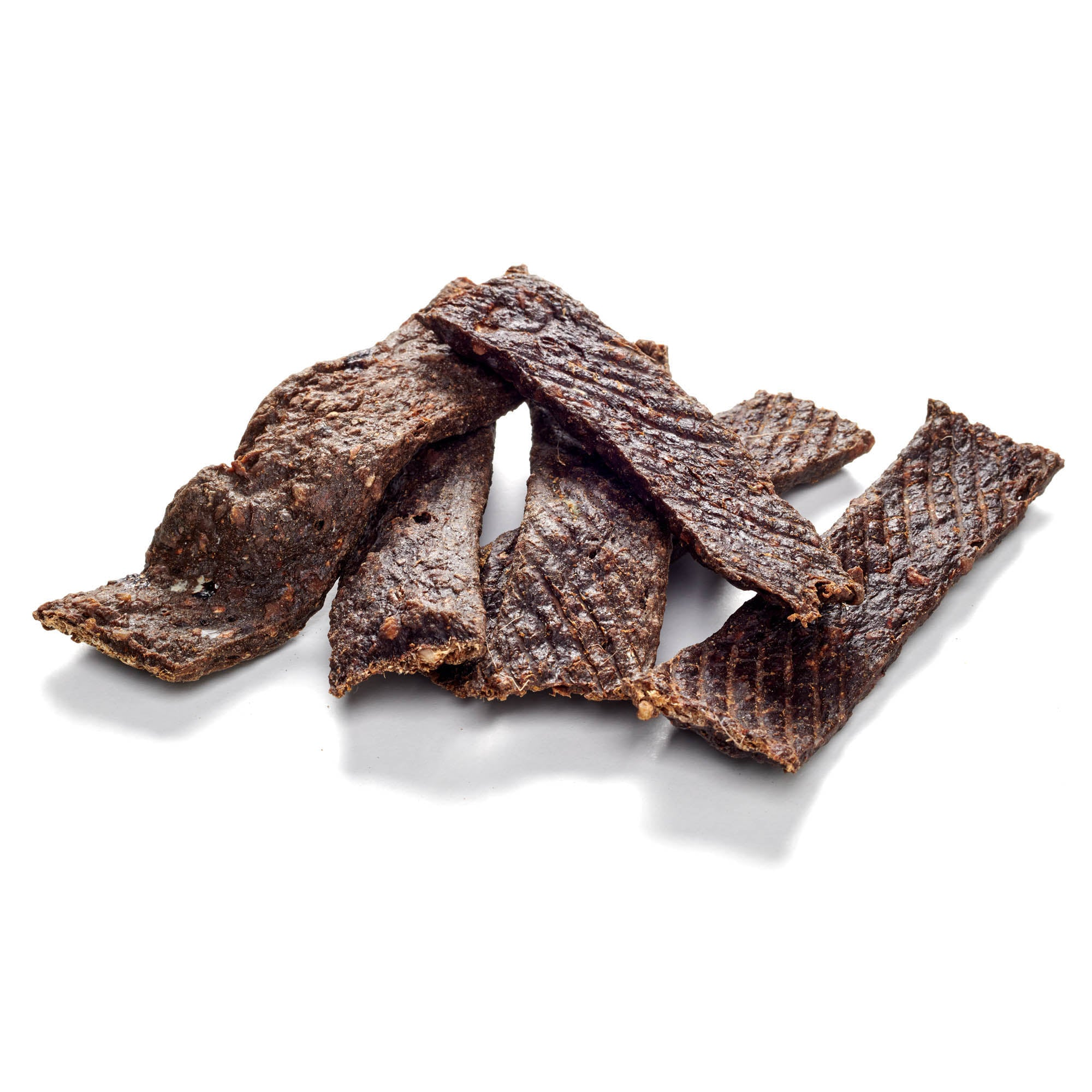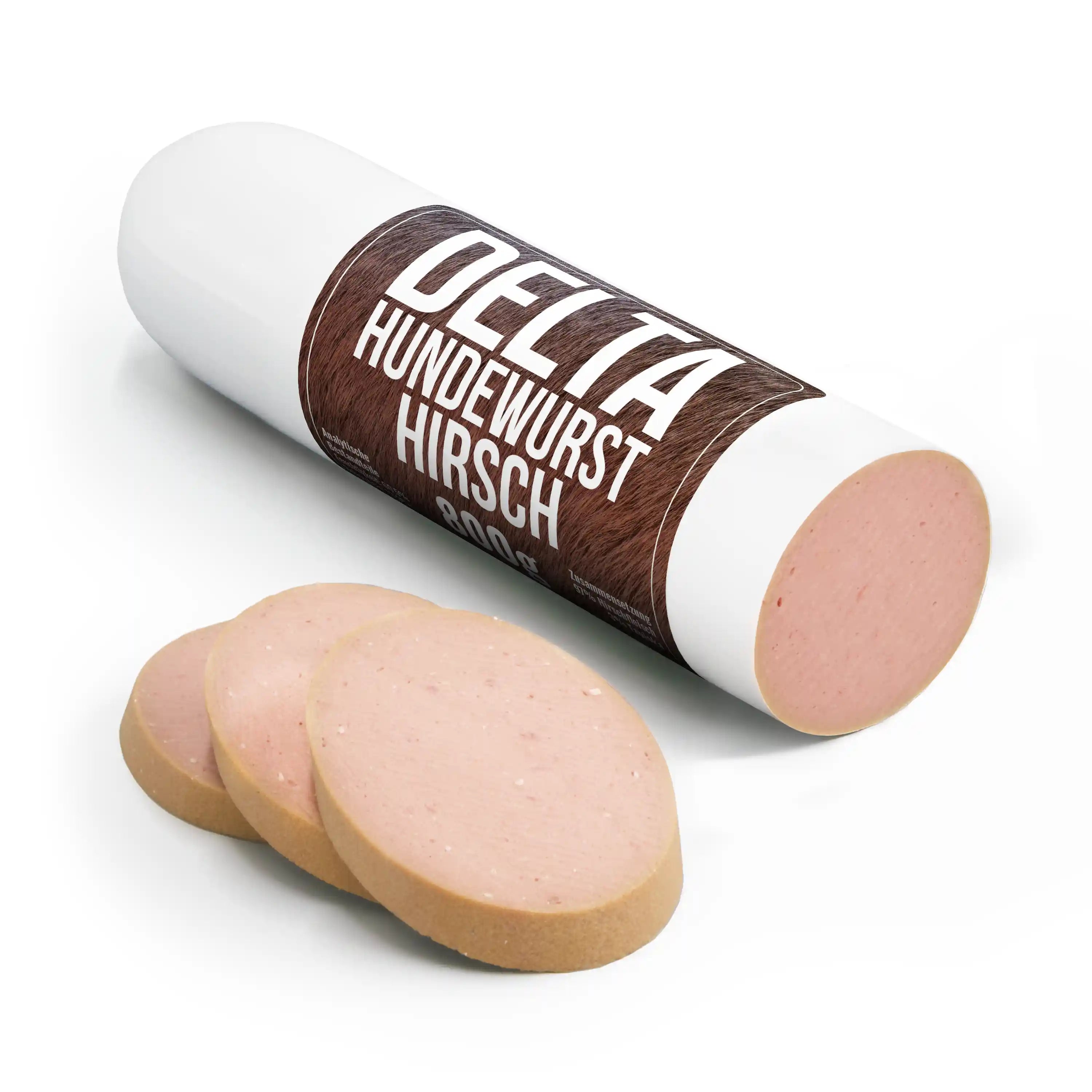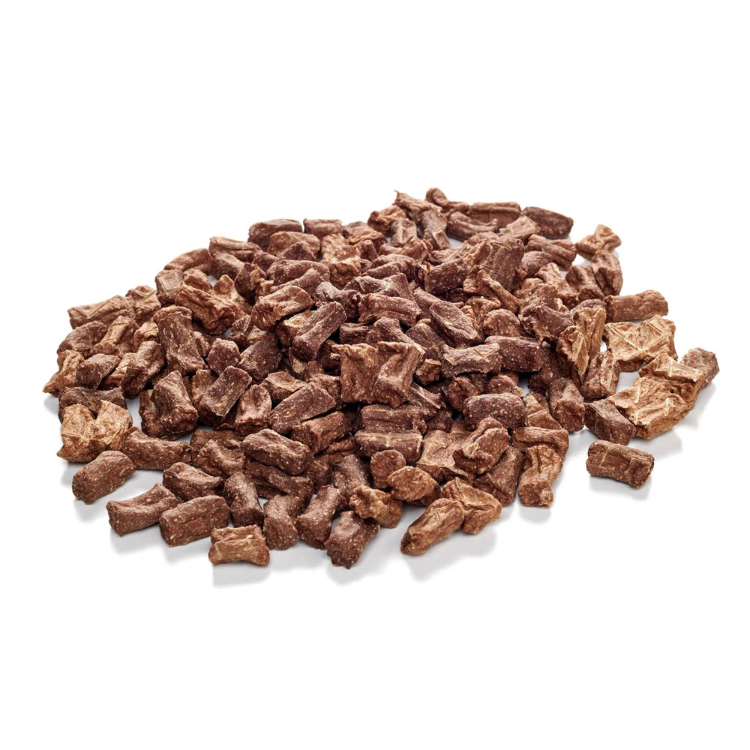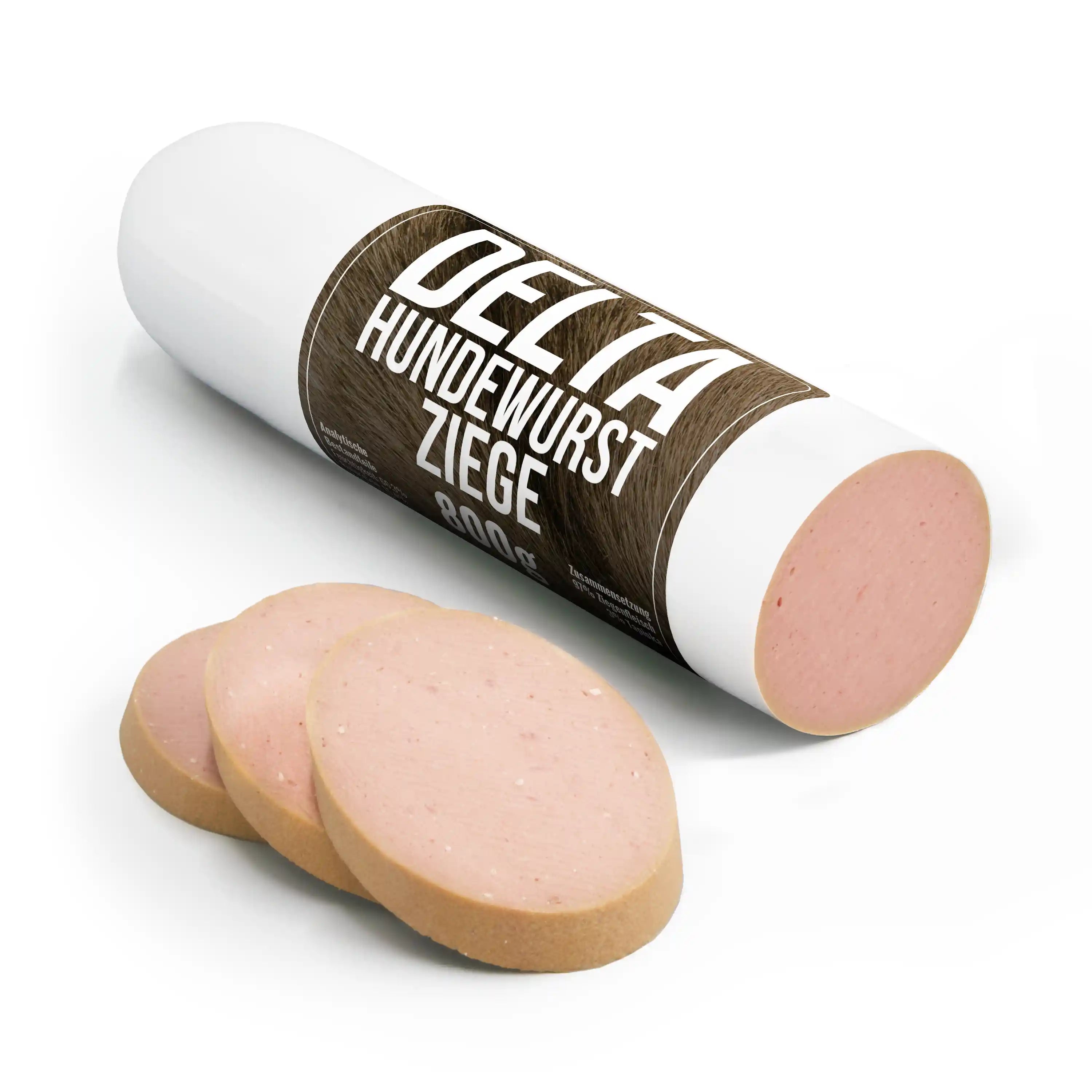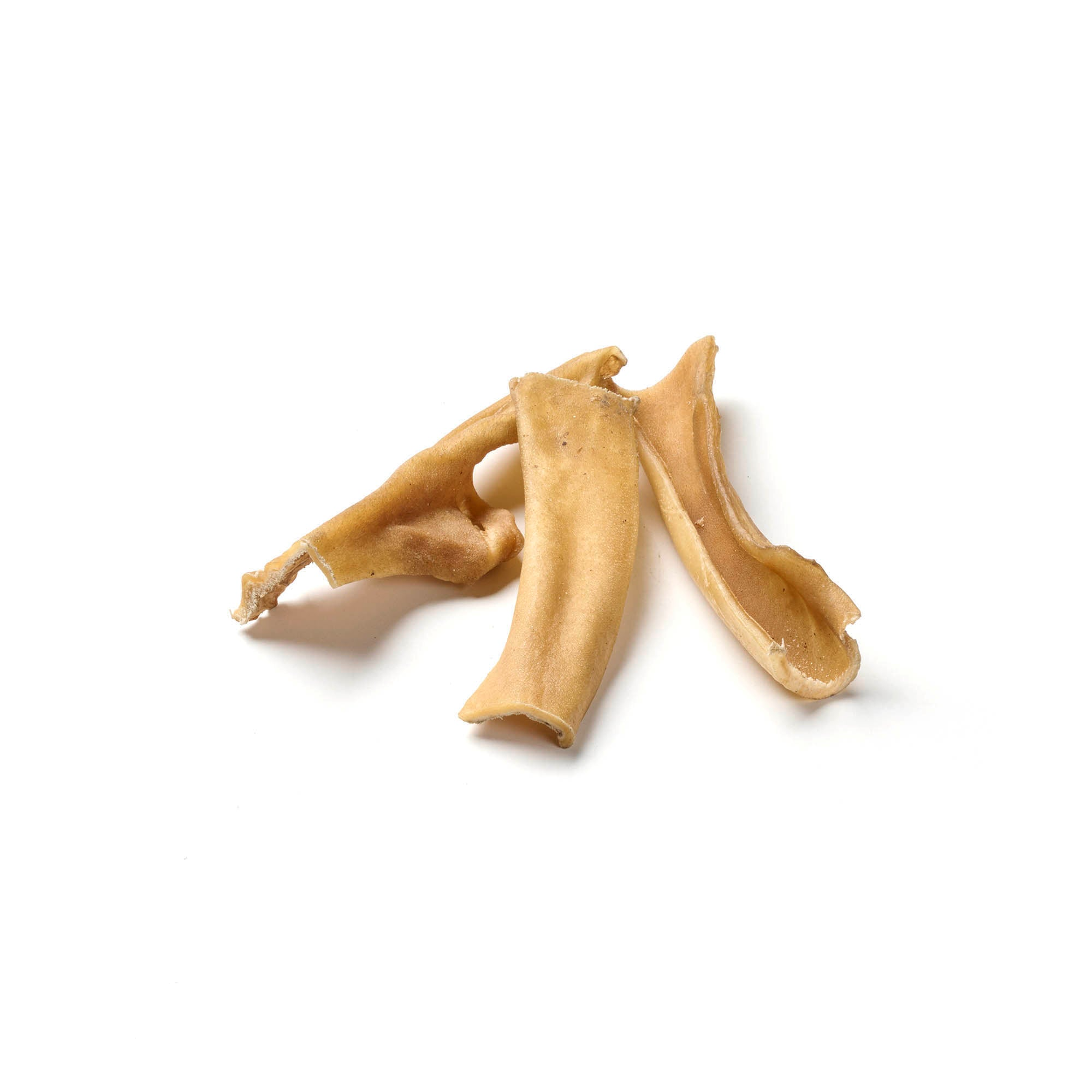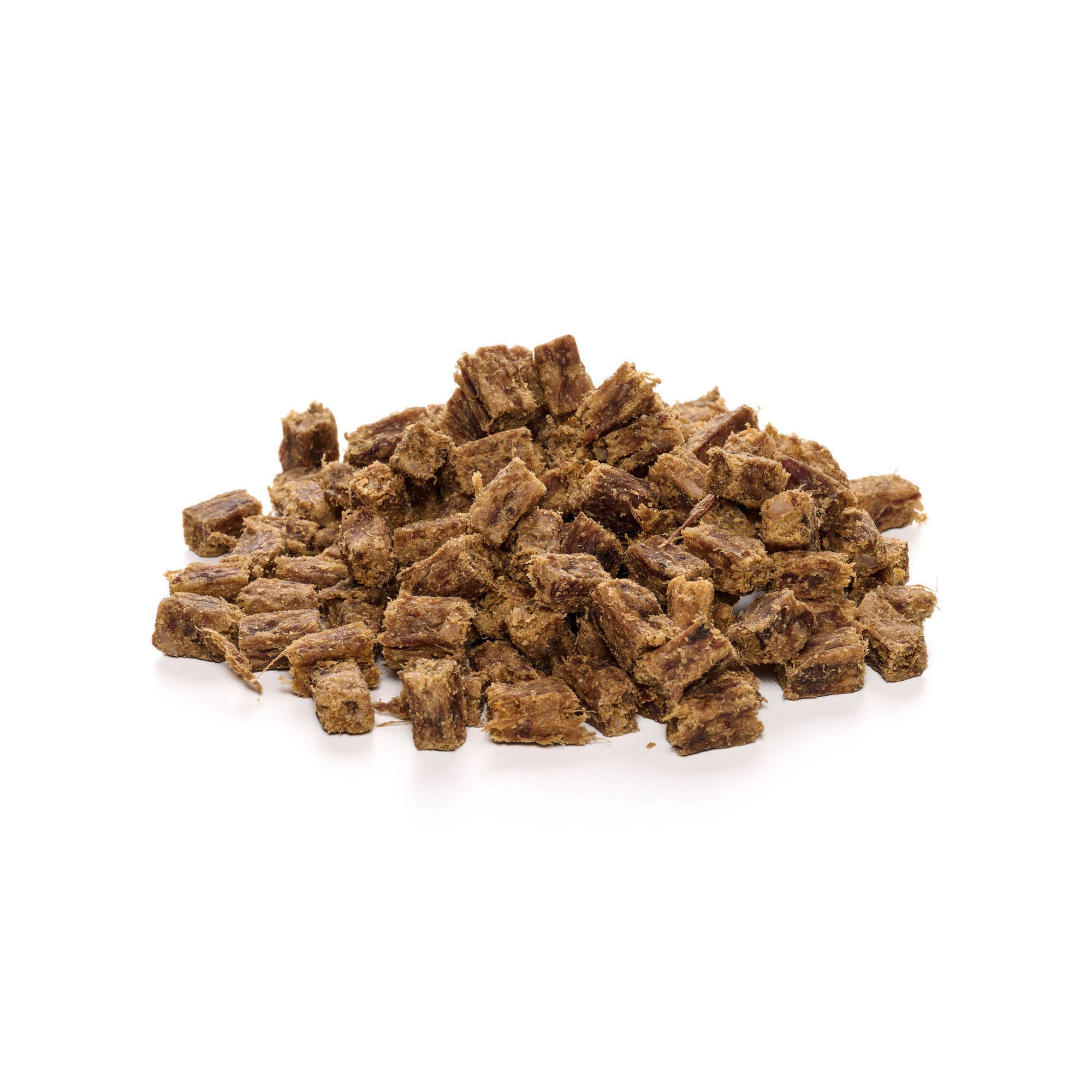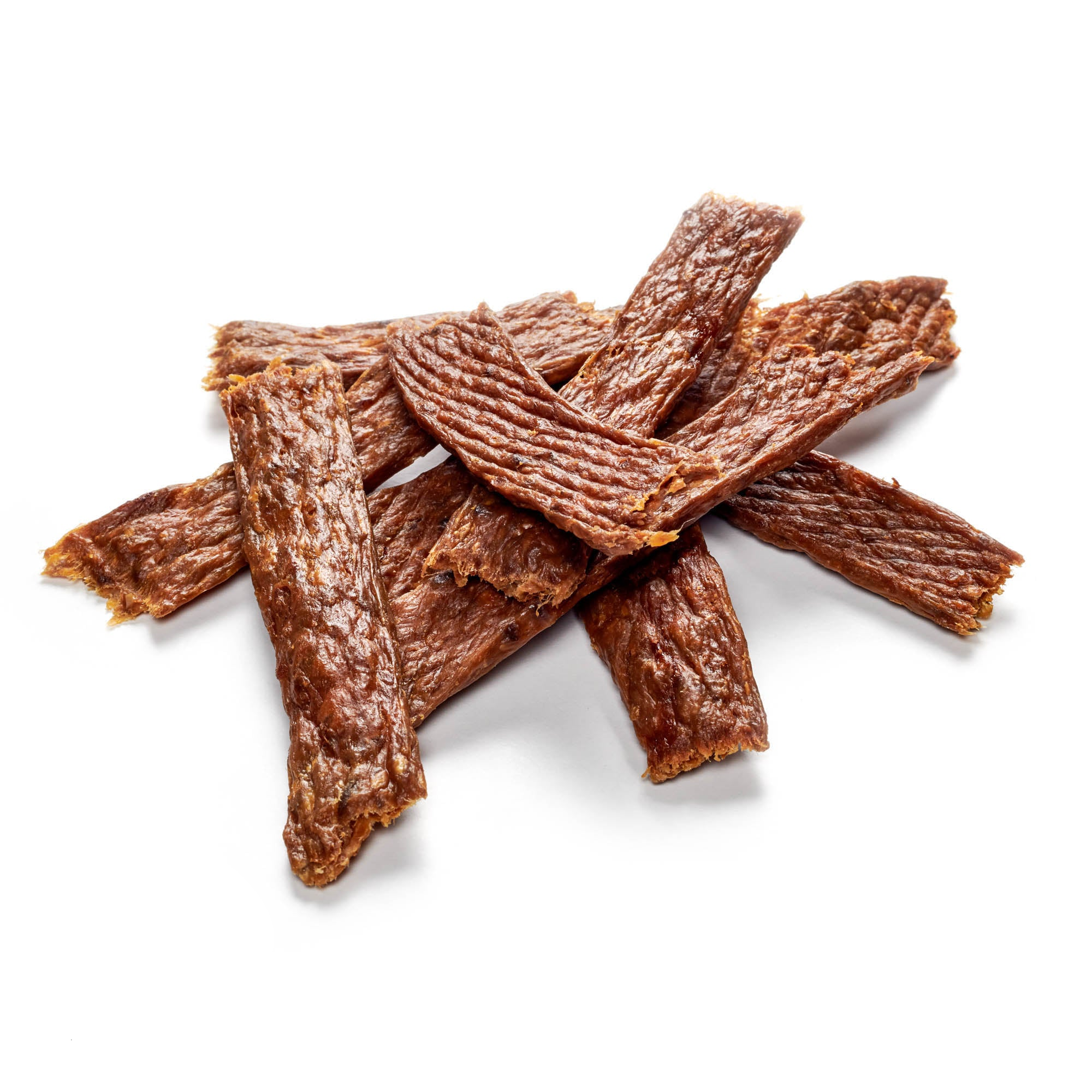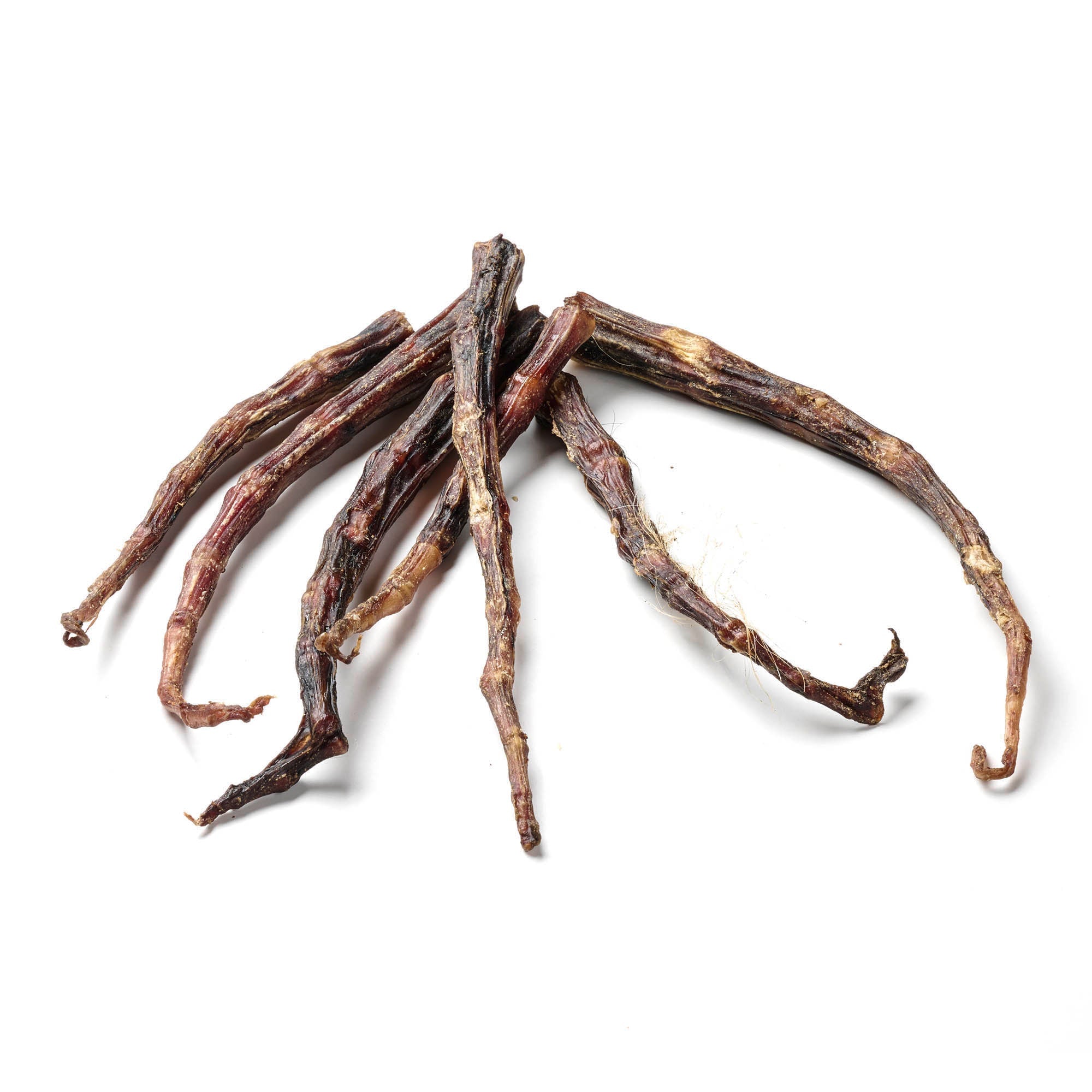
Barfing for dogs
Share
BARF is a way to take control of the quality of your four-legged friend's food. Raw meat is the main focus, but vegetables, fruit and herbs are also on the menu. Since you prepare every meal yourself, you always know exactly what your furry friend is going to eat. But of course, this also involves a lot of work.
But first things first. We will explain to you what “BARF” actually is, what advantages it offers and roughly how much it will cost you.
Content: BARF for dogs- BARF for dogs
- How much does BARF cost for dogs?
- How does BARF work for dogs? BARF for beginners
- What are the benefits of BARF?
- Conclusion
Delicious dog snacks for pure enjoyment are available from us!
BARF for dogs
First of all, you should know that the word “barfen” comes from the English acronym “BARF”. BARF stands for:
- (B)ones (A)nd (R)aw (F)ood
- (B)orn (A)gain (R)aw (F)eeders
- (B)iologically (A)ppropriate (R)aw (F)eeding
BARF describes the feeding of raw food to animals. As “bones and raw food” describes, these are the essential components of BARF dog food.
Fresh meat for dogs has been enjoying a higher reputation for some time now due to the trend towards raw feeding and is becoming increasingly popular. Raw meat for dogs is not just for adult dogs, it is also possible to feed your puppy raw food.
How much does BARF cost for dogs?
Many dog owners think that raw feeding is always more expensive than other "normal" feeding habits. However, it is not always the case that raw feeding costs much more. The cost depends on how big your dog is and how much fruit and vegetables you give him. So you have full control.
How much food your dog ultimately needs depends on various factors, such as age and gender, but also fitness level and health condition. The composition of the food should take into account the individual preferences and characteristics of your dog in order to provide him with a balanced diet. BARF can cost between €50 and €150 per month, although of course there is never an upper limit.
Discover our selection of premium dog chews!
How does BARF work for dogs? BARF for beginners
As mentioned, BARF is becoming more and more popular due to the species-appropriate composition of the food. BARF for puppies is not normally the norm, which is why puppies are only fed meat as they grow up. However, you can try changing the food after just a few weeks.
However, BARF should always be introduced to the dog slowly, regardless of age.
The transition from regular food to BARF dog food is different for every dog. You can never predict exactly how the dog will react to the change. It also depends partly on how much fruit and vegetables it is used to and how much fruit and vegetables it continues to get. You know your dog best and should observe its behavior and reactions closely.
What are the benefits of BARF?
BARF offers the great advantage that you, as a dog owner, know exactly what is going into your four-legged friend's bowl . Since you can decide for yourself how to put the food together, there are no surprises regarding the ingredients. You can also make changes at any time, add new ingredients and thus tailor the food even better to your four-legged friend. This is particularly advantageous if your dog suffers from an allergy.
It is often observed that dogs that regularly eat raw food appear extremely active and fresh. In addition, stressful fillers are often left out of the raw food diet, which makes your dog fitter and strengthens its organism.
Conclusion
The individual nutritional needs of the dog can be met well with BARF. However, it should be noted that you also bear the responsibility for putting together the food accordingly and ensuring that your four-legged friend is properly cared for and receives the most important nutrients.
Reward your best friend with our dog treats!

